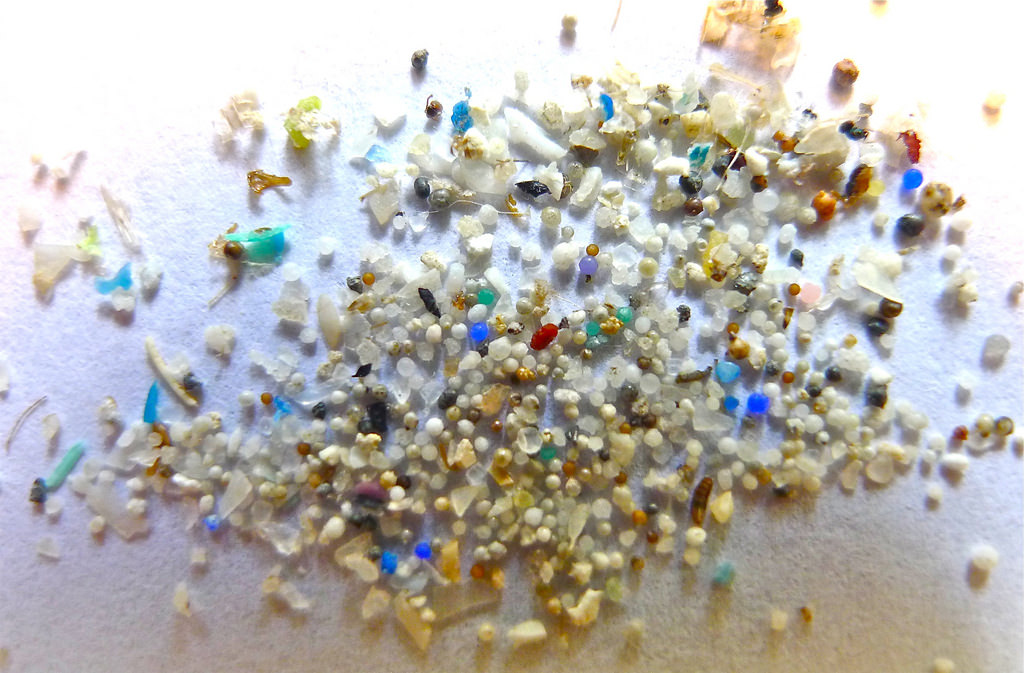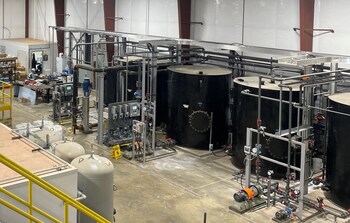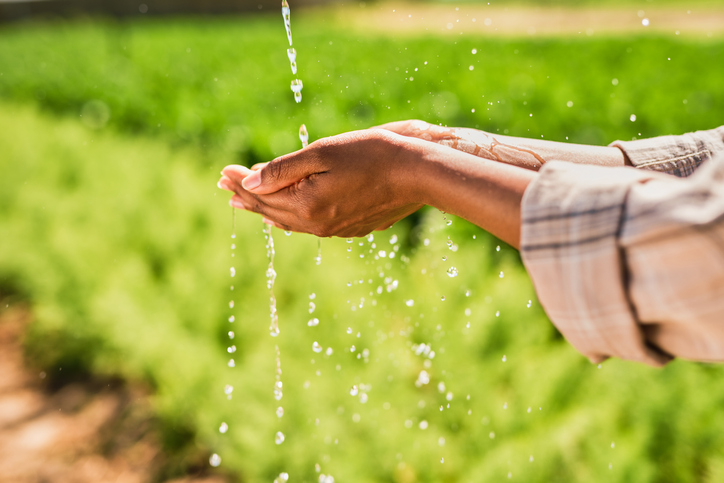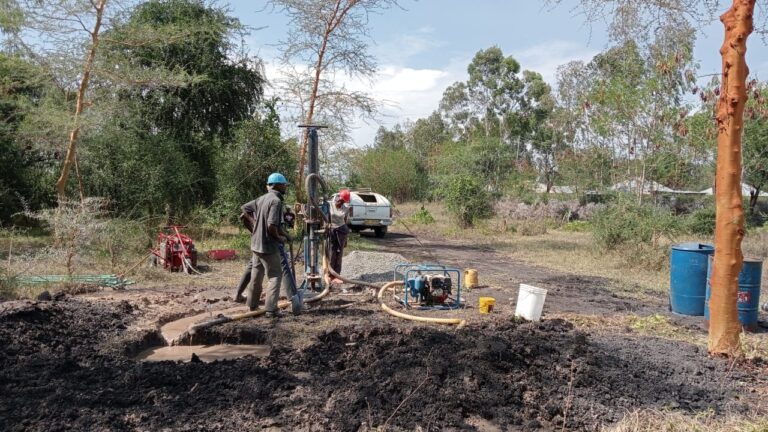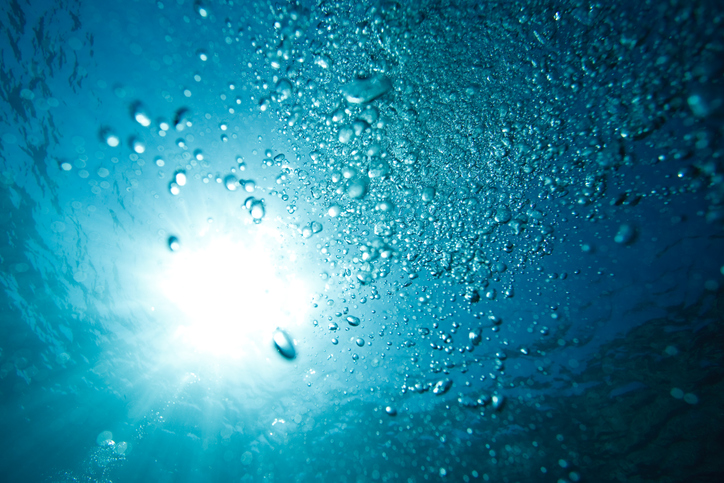Plastic wastes have generated global attention due to their omnipresence and profound ecosystem threats. These plastic wastes are polluting waters around the world and negatively impacting ecosystems. This article examines the current research related to plastics and their impacts on the Great Lakes region.
Defining microplastics
Primary microplastics are those which are manufactured less than five millimetres in size and are regularly found in textiles, medicines, and personal care products (Cole et. al., 2011). The Oxford dictionary defines microplastics as extremely small pieces of plastic debris in the environment resulting from the disposal and breakdown of consumer products and industrial waste.
Secondary microplastics are a result of the breakdown of plastic debris through photo-degradation, physical, chemical, and biological interactions (Thompson et. al., 2009). The majority of microplastics in the environmental are secondary microplastics (Lee et. al., 2018).
Microplastics in the environment have a probability to break-down to nanoplastics which could more detrimental to the environmental due to their nano-particle size. Nanoplastics are less than 100 nm in size and small enough to be consumed by biota and permeate biological membranes (EFSA Panel on Contaminants in the Food Chain, 2016).
Microplastics enter the aquatic environment through direct releases (Browne et. al., 2010). For example, polyethylene and polypropylene microbeads in personal care products are not captured efficiently in wastewater treatment plants (Gregory, 1996; Fendall and Sewell, 2009). Textile laundering is also a source of microplastic fibers (Browne et. al., 2011).
The impacts of microplastics on wildlife
The quantity of microplastics in the Laurentian Great Lakes tends to be determined by beach surveys (Zbyszewski and Corcoran, 2011). Baldwin et. al. (2016) characterized the quantity and morphology of floating micro- and macroplastics in 29 Great Lakes tributaries in six states that had different land covers, wastewater effluent loadings, population densities, and hydrologic conditions.
The small size of these plastics presents opportunities for ingestion, leading to bioaccumulation of chemical associated with the plastics themselves, or from the absorption of chemicals onto the plastic particles.
When ingested, microplastics containing chemicals such as bisphenol A and phthalates affect hatching success and the development and reproduction of offspring in amphibians, crustaceans, and insects.
Further, microplastics adsorb pollutants such as polychlorinated biphenyls and dichlorodiphenyltrichloroethane both of which have carcinogenic properties and adversely affect immune systems, nervous systems, endocrine systems, and reproductive systems.
Additional studies are needed to analyze the infiltration of microplastics into the Great Lakes and the consequential impacts they have on the biodiversity ingesting them.
The impacts of plastic debris on wildlife
Plastic debris is found in all of the Laurentian Great Lakes (Eriksen et. al., 2013a; Hoellein et. al., 2014; Zbyszewski and Corcoran, 2011; Zbyszewski et. al., 2014). As one might predict, litter-related plastics (fragments, foams, and films) were found at higher concentrations in samples from more urban watersheds and during runoff-event conditions.
Given that the watersheds surrounding the Great Lakes are heavily urbanized (for instance, Chicago, Milwaukee, Detroit, Cleveland, and Buffalo in the United States, and Toronto in Canada), plastic pollution in the Laurentian Great Lakes is a threat to the integrity of the ecosystem and could be expected to increase in intensity.
Wildlife can be injured by entanglement. Plastic entanglement with fishing nets or other ring-shaped materials can result in strangulation and reduce feeding efficiency.
Wildlife can also be injured after ingesting plastics found in the environment. For Great Lakes biota, eroded plastic pieces appear to be similar to foods they would typically consume. Often, microplastics resemble phytoplankton which are eaten by fish. This can cause reduced stomach capacity, growth inhibition, internal injuries, and intestinal blockages.
This article was written by Gail Krantzberg from McMaster University. Read the full article in the May/June 2020 issue of Water Canada.

